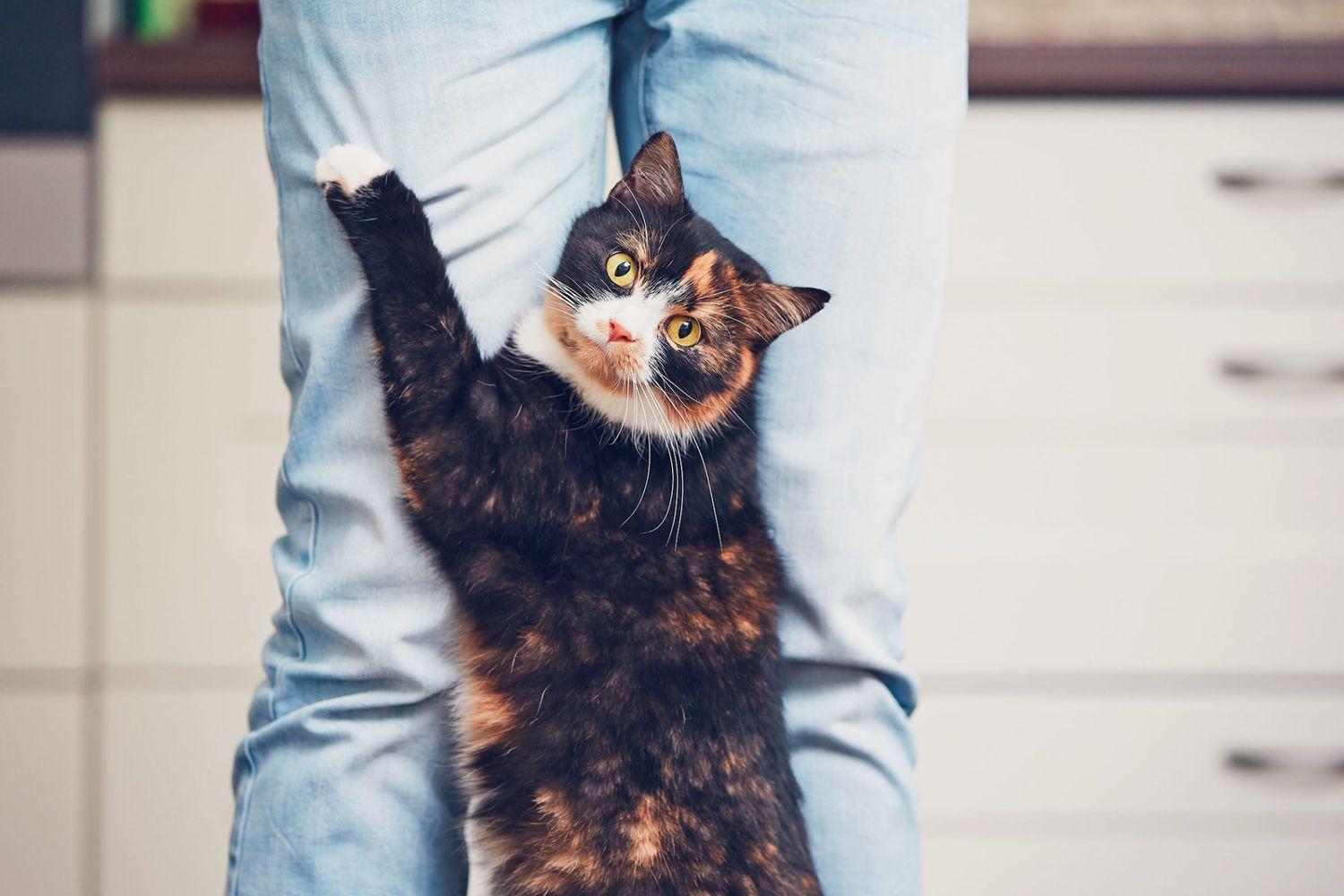Cat Litter and Environmental Sustainability: Finding a Balance
Cat Litter and Environmental Sustainability: Finding a Balance
Blog Article

Cat litter and litter boxes play an essential role in the lives of both felines and their owners. From the modest beginnings of sand and soil to the innovative improvements these days, the world of cat litter has actually evolved considerably. In this detailed guide, we look into every element of cat litter and litter boxes, exploring their history, types, advantages, challenges, and everything in between.
The history of cat litter dates back centuries, with ancient civilizations using sand, soil, and even ashes as primitive litter materials. However, it wasn't until the mid-20th century that modern cat litter as we understand it emerged. In 1947, Edward Lowe introduced the world's first industrial cat litter made from absorbent clay, changing the method cats relieved themselves indoors. Ever since, cat litter has gone through many improvements, with the intro of clumping litter, silica gel litter, eco-friendly alternatives, and more.
Today, cat owners are ruined for choice when it concerns choosing the best litter for their feline companions. Conventional clay litter remains popular for its affordability and effectiveness in soaking up smells. Clumping litter, which forms strong clumps when wet, simplifies cleaning and upkeep. Silica gel litter, made up of highly absorbent silica crystals, offers superior odor control and longevity. Biodegradable options, such as recycled paper, wood pellets, corn, and wheat, interest ecologically conscious customers.
Each kind of cat litter provides distinct benefits. Clay litter stands out in its capability to take in moisture and control smells, making it a trustworthy option for many feline owners. Clumping litter simplifies daily scooping and extends the time in between total litter changes. Silica gel litter provides extraordinary odor control and can last longer between cat litter replacements. Eco-friendly litters provide a sustainable option that reduces environmental effect.
While cat litter improves indoor feline hygiene, it is not without its challenges. Dust from clay litter can posture respiratory risks for both wood pellets cat litter felines and people, prompting the appeal of dust-free alternatives. Some felines may establish litter box aversion due to issues with texture, aroma, or tidiness, requiring experimentation with various litters and box configurations. Multi-cat families may need strategic litter box placement and regular maintenance to avoid territorial disputes and make sure all felines have access to clean centers.
Choosing the proper litter box is vital for promoting positive litter box practices and overall feline well-being. Aspects to consider consist of size, accessibility, and style preferences. Covered litter boxes offer privacy and assistance include odors, but some felines may discover them confining or intimidating. Open-top litter boxes provide simple access and presence but might lead to more litter scatter. Automatic self-cleaning litter boxes improve upkeep but require routine monitoring and upkeep.
Correct litter box maintenance is important for ensuring a clean and welcoming environment for both felines and their owners. Daily scooping gets rid of waste quickly, decreasing odor and dissuading litter box hostility. Routine litter replacement, generally every 1-2 weeks, avoids bacterial accumulation and maintains ideal absorbency. Extensive cleaning with mild detergent and water, preventing harsh chemicals that may prevent felines from utilizing package, need to be performed monthly.
Cat litter and litter boxes play a central function in cultivating a healthy cat litter tray and harmonious relationship in between felines and their human buddies. With a diverse variety of litter alternatives and litter box designs available, cat owners have the versatility to customize their options to suit their cats' preferences and home needs. By understanding the development, types, benefits, and obstacles of cat litter and litter boxes, family pet owners can supply their feline buddies with a comfy and sanitary indoor environment.